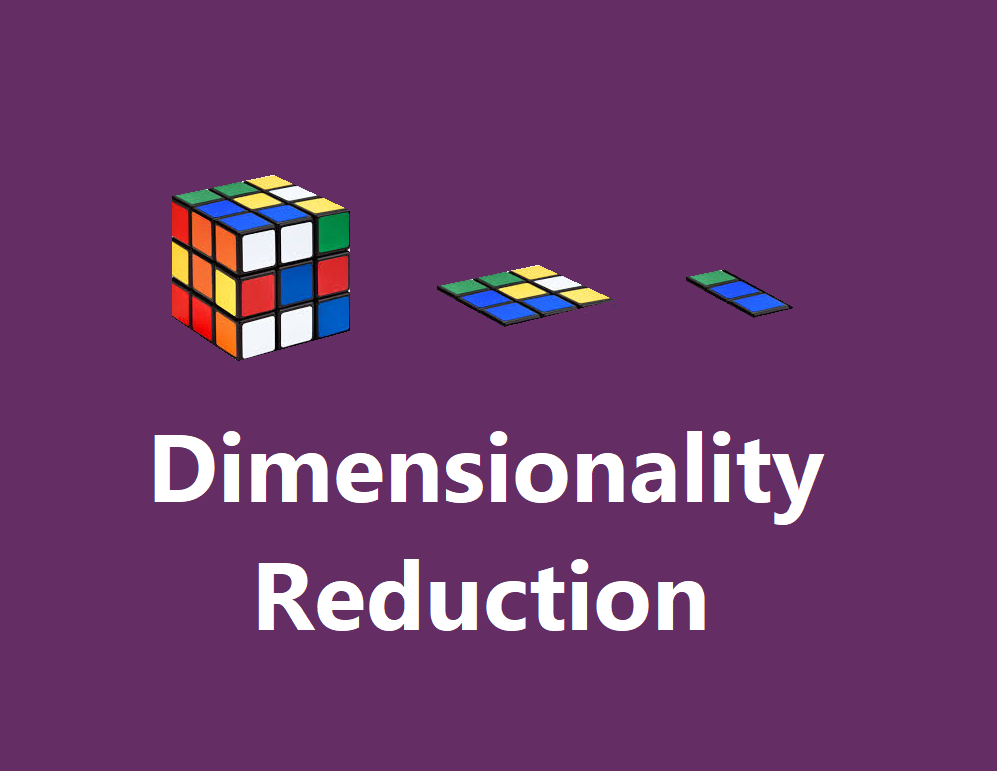Description
Introduction
Julia is a powerful and high-performance programming language designed specifically for numerical and scientific computing. It has gained significant popularity in the fields of data science and machine learning due to its speed, flexibility, and rich ecosystem of libraries. Julia’s ability to handle large datasets and perform computationally intense tasks with ease makes it an excellent choice for solving real-world data science problems.
This course will guide you through the fundamental concepts of Julia programming, equipping you with the tools and techniques required to use Julia for data analysis, statistical modeling, and building machine learning models. You’ll learn how to leverage Julia’s ecosystem for data wrangling, visualization, and implementing advanced machine learning algorithms efficiently.
Prerequisites
- Basic understanding of data science concepts
- Familiarity with basic programming concepts in languages like Python, R, or MATLAB
- No prior experience with Julia is required (though familiarity with programming languages will be helpful)
Table of Contents
- Introduction to Julia Programming
1.1 What is Julia?
1.2 Key Features of Julia for Data Science
1.3 Setting Up the Julia Environment
1.4 Understanding Julia’s Syntax and Structure
1.5 Julia for High-Performance Computing - Working with Data in Julia
2.1 Data Structures in Julia: Arrays, Tuples, and DataFrames
2.2 Importing and Exporting Data
2.3 Cleaning and Preprocessing Data
2.4 Working with CSV, Excel, and JSON Files
2.5 Data Manipulation withDataFrames.jl - Basic Statistics and Data Visualization
3.1 Descriptive Statistics in Julia
3.2 Data Visualization withPlots.jl
3.3 Visualizing Data Trends and Relationships
3.4 Creating Interactive Visualizations
3.5 Handling Large Datasets Efficiently - Introduction to Machine Learning in Julia
4.1 Overview of Machine Learning Algorithms
4.2 Setting Up the Julia ML Environment
4.3 Common Machine Learning Packages in Julia:MLJ.jlandFlux.jl
4.4 Preprocessing Data for Machine Learning
4.5 Building a Simple Linear Regression Model in Julia - Supervised Learning Algorithms
5.1 Implementing Classification Models: Logistic Regression and Decision Trees
5.2 Building Regression Models: Linear and Polynomial Regression
5.3 Model Evaluation Techniques: Cross-validation, Accuracy, Precision, and Recall
5.4 Hyperparameter Tuning and Model Selection
5.5 Feature Engineering and Scaling - Unsupervised Learning and Clustering
6.1 Overview of Unsupervised Learning
6.2 K-means Clustering in Julia
6.3 Hierarchical Clustering and DBSCAN
6.4 Dimensionality Reduction with PCA(Ref: IBM Certified Developer : Watson v4 with AI Concept)
6.5 Visualization of Clusters and Latent Spaces - Deep Learning with Julia
7.1 Introduction to Deep Learning
7.2 Neural Networks withFlux.jl
7.3 Implementing Convolutional Neural Networks (CNNs)
7.4 Recurrent Neural Networks (RNNs) and LSTMs in Julia
7.5 Training and Evaluating Deep Learning Models - Advanced Machine Learning Techniques
8.1 Ensemble Methods: Random Forest and Gradient Boosting Machines
8.2 Support Vector Machines (SVMs) in Julia
8.3 Natural Language Processing (NLP) with Julia
8.4 Reinforcement Learning with Julia
8.5 Model Deployment and Integration - Optimizing Machine Learning Models
9.1 Introduction to Model Optimization
9.2 Stochastic Gradient Descent (SGD) in Julia
9.3 Regularization Techniques: L1, L2, and Elastic Net
9.4 Overfitting and Underfitting: Detecting and Addressing the Issue
9.5 Scaling Models for Large Datasets - Real-World Applications and Case Studies
10.1 Predictive Analytics for Business
10.2 Machine Learning in Healthcare: Diagnosing Diseases
10.3 Sentiment Analysis for Social Media Data
10.4 Time Series Forecasting with Julia
10.5 Data Science in Finance: Risk Prediction and Portfolio Optimization - Conclusion
11.1 Recap of Key Concepts and Tools
11.2 Best Practices in Data Science and Machine Learning with Julia
11.3 Next Steps for Advancing Your Julia Skills
11.4 Resources for Further Learning and Exploration
Conclusion
By mastering Julia for data science and machine learning, you will unlock the power of this high-performance language to tackle complex data challenges with ease. Throughout this course, you’ve learned how to work with data, perform statistical analysis, and apply machine learning techniques ranging from basic models to deep learning. Julia’s robust libraries and efficient handling of large datasets make it an ideal choice for building scalable, high-performance data science solutions.
The skills you’ve gained will empower you to build predictive models, explore data in innovative ways, and deploy real-time machine learning solutions. As Julia continues to grow in popularity within the data science and machine learning communities, your expertise in the language will place you at the forefront of next-generation data-driven applications.










Reviews
There are no reviews yet.